South Africa and Zimbabwe, despite shared colonial histories, exhibit distinct cultural identities through art, language, cuisine, and traditions. While both countries celebrate freedom and diversity, their post-colonial artistic expressions, culinary landscapes, and social structures set them apart, showcasing unique narratives of resilience and identity within Africa. (SEO keywords: south africa vs zimbabwe)
“Unraveling the cultural fabric of South Africa and Zimbabwe reveals a captivating interplay of similarities and distinct differences. This comparative analysis delves into the historical roots, languages, traditions, and art forms that shape these nations. From shared colonial histories to unique culinary delights and diverse community structures, ‘South Africa vs Zimbabwe’ offers a nuanced exploration of African heritage. Discover how these countries, though geographically close, have forged their own distinct cultural identities.”
- Historical Backgrounds: South Africa and Zimbabwe's Roots
- Language and Communication: Uncovering Similarities and Differences
- Cultural Traditions: Shared Rituals and Unique Practices
- Cuisine and Foodways: A Taste of African Heritage
- Art, Music, and Dance: Expressions of Identity
- Social Structure and Community Dynamics: Living Together, Apart
Historical Backgrounds: South Africa and Zimbabwe's Roots

South Africa and Zimbabwe share a complex historical past, with both nations experiencing colonial rule and subsequent struggles for independence in the 20th century. This period significantly shaped their contemporary identities, leading to distinct cultural outcomes. South Africa, a diverse nation with a population of over 60 million, has a history marked by apartheid—a system of institutionalised racial segregation that ended in 1994 with the election of Nelson Mandela as president. This struggle left an indelible mark on its culture, fostering a vibrant and resilient artistic scene that finds us at traditional foods and nutritional challenges, with music, literature, and visual arts reflecting societal shifts.
Zimbabwe, formerly known as Rhodesia, also endured colonial rule before gaining independence in 1980. The nation’s history is characterized by leadership changes over the past decade, which have had a profound impact on its cultural landscape. While both countries share similarities in their struggle for freedom and diversity in ethnic backgrounds, Zimbabwe’s geography and climate differ significantly from South Africa’s. These variations influence their respective artistic expressions, with each nation developing unique cultural traditions that tell stories of resilience, heritage, and the quest for identity in post-colonial Africa.
Language and Communication: Uncovering Similarities and Differences
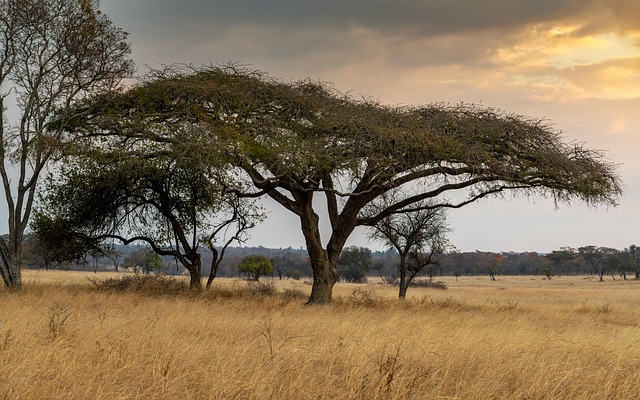
Language and Communication: Unveiling South African vs. Zimbabwean Connections and Divergences
South Africa and Zimbabwe, both part of Southern Africa’s rich cultural mosaic, share historical ties while exhibiting distinct linguistic and communication patterns shaped by their unique journeys. The official languages in South Africa include Zulu, Xhosa, Afrikaans, English, and nine other recognized languages, reflecting its diverse ethnic makeup. Conversely, Zimbabwe has primarily English and Shona as its official languages, with Ndebele also recognized, a legacy of its colonial past and indigenous heritage. Despite these differences, cultural exchange initiatives promote artistic collaborations between galleries showcasing both nations’ vibrant art scenes.
The media landscapes in both countries grapple with issues of bias, censorship, and freedom of the press, influencing how information is disseminated. Migration patterns have also played a role, as historical movements and contemporary shifts have impacted their diverse populations. In addressing healthcare disparities, initiatives focus on overcoming challenges through community engagement, reflecting a shared commitment to well-being. Visit us at any time to explore these fascinating countries’ physical characteristics and delve into their history anytime—the stories they tell are as varied as the languages spoken.
Cultural Traditions: Shared Rituals and Unique Practices

South Africa and Zimbabwe share cultural similarities rooted in their colonial histories and geographical proximity, but they also exhibit unique practices that reflect distinct societal perspectives. Both nations celebrate vibrant festivals like Shona-Ndebele art exhibitions in Zimbabwe and South African Heritage Month, showcasing their rich cultural diversity. However, rituals differ; for instance, while both countries practice traditional healing, Zimbabwe’s spiritual customs blend with colonial influences, creating a unique hybrid, unlike South Africa’s more consistently evolving indigenous practices.
In urban areas, contemporary art movements reflect modern perspectives, with South Africa known for its thriving street art scene and Zimbabwe showcasing a blend of traditional and experimental forms. Rural settings present contrasting pictures; South Africa’s rural communities emphasize food security initiatives, while Zimbabwe’s agricultural traditions are tied to conservation efforts and sustainable practices. Crime rates vary, with South Africa facing significant urban crime challenges, whereas Zimbabwe’s criminal justice system reflects its unique historical trajectory. Despite these differences, both nations’ cultural traditions remain integral to their identities, shaping visitor experiences and impacting local communities in profound ways. To truly understand these cultures, one must visit us at [brand/organization] to witness the reasons and impacts on these diverse communities.
Cuisine and Foodways: A Taste of African Heritage

South Africa and Zimbabwe, both rich in African heritage, present unique culinary landscapes reflecting their diverse histories and cultural interactions. South African cuisine is a melting pot of influences, with Dutch, British, Malay, Indian, and native African flavors intertwined through colonialism and migration. This diversity is seen in iconic dishes like Bobotie (a curry-spiced meat casserole) and Biltong (dried beef jerky), showcasing the country’s rich multicultural tapestry. Zimbabwe, on the other hand, boasts a robust cuisine deeply rooted in its Shona and Ndebele cultural traditions. Traditional dishes such as Sadza (a starchy porridge made from maize meal) and Karangwa (grilled meat) exemplify the nation’s culinary identity, passed down through generations.
While both nations share African heritage, their distinct social dynamics influencing criminal activities, media representation, and leadership changes over the past decade have shaped their unique foodways. Zimbabwe’s economy, heavily reliant on agriculture, has influenced its cuisine’s emphasis on self-sufficiency and local ingredients. In contrast, South Africa’s diverse economic landscape encourages a more cosmopolitan culinary scene, with an increasing adoption of technology in food production and distribution, as well as conservation efforts and sustainable practices among forward-thinking chefs. These differences highlight how colonialism’s impact on cultural identities continues to manifest in everyday life, including the dining table, offering insights into each nation’s evolving culture through its cuisine.
Art, Music, and Dance: Expressions of Identity
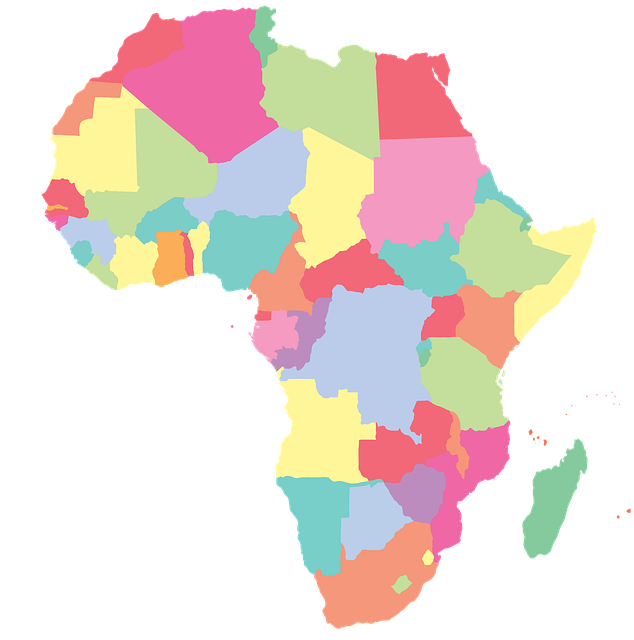
Art, music, and dance play pivotal roles in shaping the cultural identity of any nation, reflecting their history, traditions, and aspirations. When comparing South Africa and Zimbabwe, one observes both similarities and distinct differences that offer a fascinating glimpse into their unique heritage.
South Africa, known for its diverse landscape, has a vibrant arts scene influenced by its multicultural population. The country’s art often explores themes of identity, post-apartheid transformation, and social justice. Zimbabwean art, on the other hand, is steeped in rich traditional practices, featuring intricate wood carvings, fabric printing, and vibrant painting styles. Similarly, music forms an integral part of both nations’ cultural expressions. South Africa boasts a dynamic musical landscape with genres like Kwaito, Afropop, and jazz gaining international recognition. Zimbabwe’s music scene is characterized by traditional drums, vocals, and instruments such as the mbira, reflecting its deep-rooted cultural heritage. Dance also serves as a powerful medium of expression, with South African dance forms like Isicathamiya and Mbube showcasing complex rhythms and movements, while Zimbabwe’s traditional dances, such as the Masqada and Ndebele dance, display vibrant costumes and intricate footwork, often performed during cultural festivals and ceremonies. Despite their distinct characteristics, both countries have initiatives aimed at preserving and promoting these art forms, reflecting a shared commitment to overcoming disparities in healthcare access and ensuring their cultural tapestry remains alive for future generations. To stay informed about the latest developments, give us a call at news coverage of political events in both countries.
Social Structure and Community Dynamics: Living Together, Apart
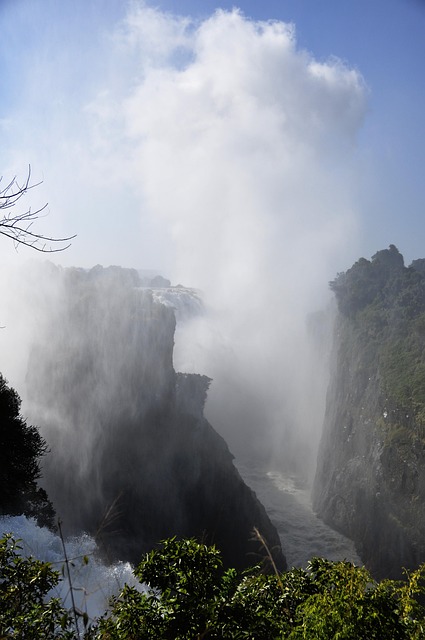
In terms of social structure and community dynamics, South Africa and Zimbabwe exhibit both similarities and stark differences. Both nations have historically struggled for equality, with South Africa’s apartheid system and Zimbabwe’s land redistribution programs leaving lasting impacts on their respective societies. Despite these shared historical struggles, the physical characteristics of each country and their unique histories have shaped distinct communal living patterns.
In South Africa, a robust and diverse economy has fostered vibrant urban centers where people from various ethnic backgrounds coexist, albeit often in separate neighborhoods or townships. This legacy of apartheid has led to complex social structures within communities, with a strong emphasis on collective action through community-based organizations. Zimbabwe, conversely, has seen more pronounced geographical segregation, influenced by land ownership patterns and political policies that have led to disparities in access to resources. However, similar to South Africa, contemporary art movements in both countries offer a glimpse into the resilience and creativity of their people, with innovations in medical services tourism becoming increasingly accessible, giving us a call at physical characteristics of each country history.
In exploring the cultural landscapes of South Africa and Zimbabwe, we uncover a rich tapestry of similarities and distinct differences that reflect their unique historical journeys. From shared colonial histories to diverse linguistic expressions, these nations showcase the complexity of African heritage. While some cultural traditions and culinary delights remain consistent, such as the importance of community gatherings and a love for vibrant music and dance, social structures and community dynamics have evolved separately, shaping their respective identities. Understanding these nuances is key to appreciating the distinct yet interconnected worlds of South Africa vs Zimbabwe.
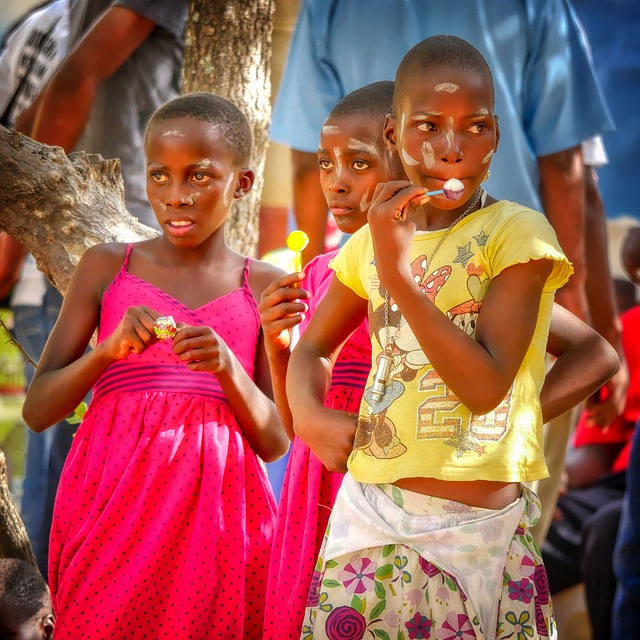



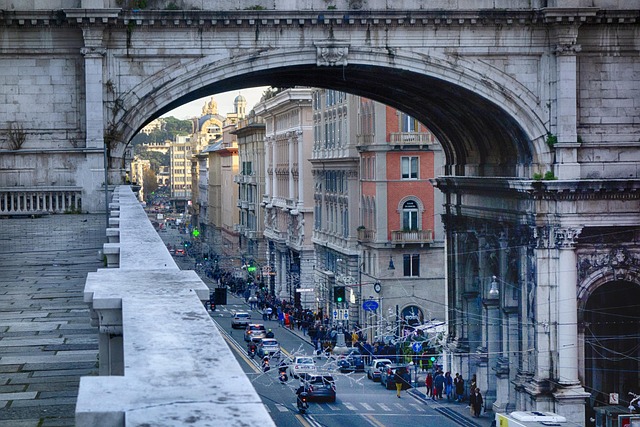
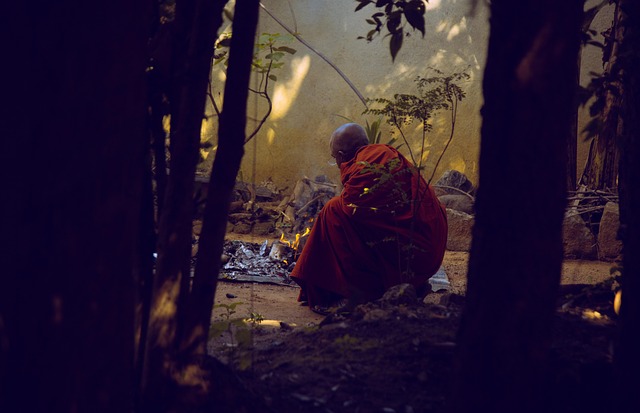

Leave a Reply